Proactive treatment protects salmon, catfish, other fish
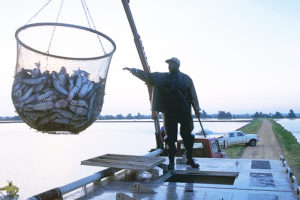
With the continued growth of aquaculture, hundreds of thousands of fish are raised in confined spaces and in close proximity to each other. As a result, infectious fish diseases are spreading faster than ever before.
All aquaculture facilities are vulnerable to disease outbreaks because many opportunistic disease-causing bacteria, viruses, fungi and parasites are present in the environment or may be found on some fish that are not showing signs of disease. Vaccination is a proven, cost-effective method to prevent infectious diseases in animals.
Fish vaccines
Fish vaccines work by exposing the immune system of fish to part of a pathogen or the entire pathogen (antigen) and then allowing time for the immune system to develop a response. Vaccines also help fish build up a memory to accelerate this response in later infections by the targeted disease-causing organism.
There are many types of fish vaccines, and new kinds are continuously under development. All fish vaccines currently in use can be roughly divided into two major categories: killed fish vaccines and modified live vaccines.
Killed fish vaccines are comprised of killed, formerly pathogenic bacteria – for example, bacterins. Killed fish vaccines work by stimulating the humoral antibody-related system of the immune response.
Modified live vaccines are comprised of live microorganisms that have been grown in culture and no longer have the properties that cause significant disease. Live attenuated vaccines work by stimulating both cell-mediated and humoral immune responses.
The advantages and disadvantages of live and killed vaccines are listed in Table 1. The major advantage of modified live vaccines is their ability to stimulate both immunity responses since they survive and replicate within the host, resulting in strong cellular immune responses that confer protection for a long duration. However, live vaccines do raise concerns regarding their safety to the environment.
Pridgeon, Advantages and disadvantages of killed and modified live vaccines, Table 1
| Vaccine | Advantage | Disadvantage |
|---|---|---|
| Killed | No concern it might revert to a virulent strain in the future | More than one dose may be needed for initial response, and protection duration is shorter than modified live vaccines |
| Killed | Safe for the environment | Typically need to be administrated by injection, requires labor |
| Killed | Typically need adjuvant to increase efficacy, which can increase costs | |
| Modified live | Easy immersion administration, which needs less labor | Might revert or change to a virulent strain years later |
| Modified live | No adjuvant is needed, which can reduce costs | Might cause unknown concern to the environment |
| Modified live | Typically high efficacy with only one treatment, and protection lasts longer |
Experimental vaccines
Other types of fish vaccines are still under development, including subunit vaccines made from a small portion of a microorganism rather than the entire organism. They stimulate an immune response to the entire organism.
Recombinant vector vaccines combine parts of disease-causing microorganisms with those of weakened microorganisms. These vaccines work by allowing a weak pathogen to produce antigen of the disease-causing microorganism.
DNA vaccines, which are composed of a portion of the genetic material of the microorganism, work by producing a particular immune-stimulating portion of the pathogen if they are expressed in the fish, thus providing an internal source of vaccine material. Other vaccine strategies are also undergoing research and development.
Vaccine delivery
Vaccines are delivered to fish either by mouth, immersion or injection. Each approach has advantages and disadvantages (Table 2). The most effective way to deliver fish vaccine depends on the pathogen and its natural route of infection, the life stage of the fish, production techniques and other logistical considerations. A specific route of administration or even multiple routes may be necessary for adequate protection.
Pridgeon, Advantages and disadvantages of different vaccine deliveries, Table 2
| Vaccine | Advantage | Disadvantage |
|---|---|---|
| Oral | The easiest method because feeding is a normal part of production | A coating agent is often needed to avoid breakdown in fish digestive system |
| Oral | Stress on fish is minimal | Conveys relatively short immunity, may require additional vaccination |
| Immersion | Relatively easy to perform with minimal interruption to production schedule | Smaller, younger fish may have immature immune systems that require a second vaccination |
| Immersion | Stress on fish is minimal | May not convey protection as effective as injection for some pathogens |
| Injection | Effective for many disease pathogens | Requires more time and skilled personnel |
| Injection | Much longer protection duration | Fish under 10 g may not respond well |
| Injection | Every fish is treated, providing more assurance to the producer | Causes the most stress on fish |
Applications
Vaccines have been used in food fish, particularly salmon, for approximately 30 years. They are believed to be one of the main reasons that salmon production has been so successful. Vaccination also dropped the industry’s use of antibiotics to a mere fraction of its original use. In 1987, approximately 50,000 kg of antibiotics were used in Norway to control diseases in salmon. By 1997, when an efficacious oil-adjuvant vaccine was extensively used, antibiotic usage had dropped to less than 2,000 kg, concurrent with a threefold increase in fish production.
Another example of successful fish vaccine use has been vaccination against enteric septicemia of catfish (ESC), caused by the Gram-negative bacterium Edwardsiella ictaluri. Fish with ESC show loss of appetite, restlessness, small lesions, inflammation of the skin and erratic swimming. Since 2002, an ESC vaccine has protected more than 900 million fish against the disease and provided 13 percent higher fish survival for producers. Farm data has also indicated the vaccinated fish grew faster and had better feed conversion.
(Editor’s Note: This article was originally published in the May/June 2010 print edition of the Global Aquaculture Advocate.)
Authors
-
Dr. Julia W. Pridgeon
Aquatic Animal Health Research Laboratory
Agriculture Research Service
U. S. Department of Agriculture
990 Wire Road
Auburn, Alabama 36830 USA[118,111,103,46,97,100,115,117,46,115,114,97,64,110,111,101,103,100,105,114,112,46,97,105,108,117,106]
-
Dr. Phillip H. Klesius
Aquatic Animal Health Research Laboratory
Agriculture Research Service
U. S. Department of Agriculture
990 Wire Road
Auburn, Alabama 36830 USA
Related Posts
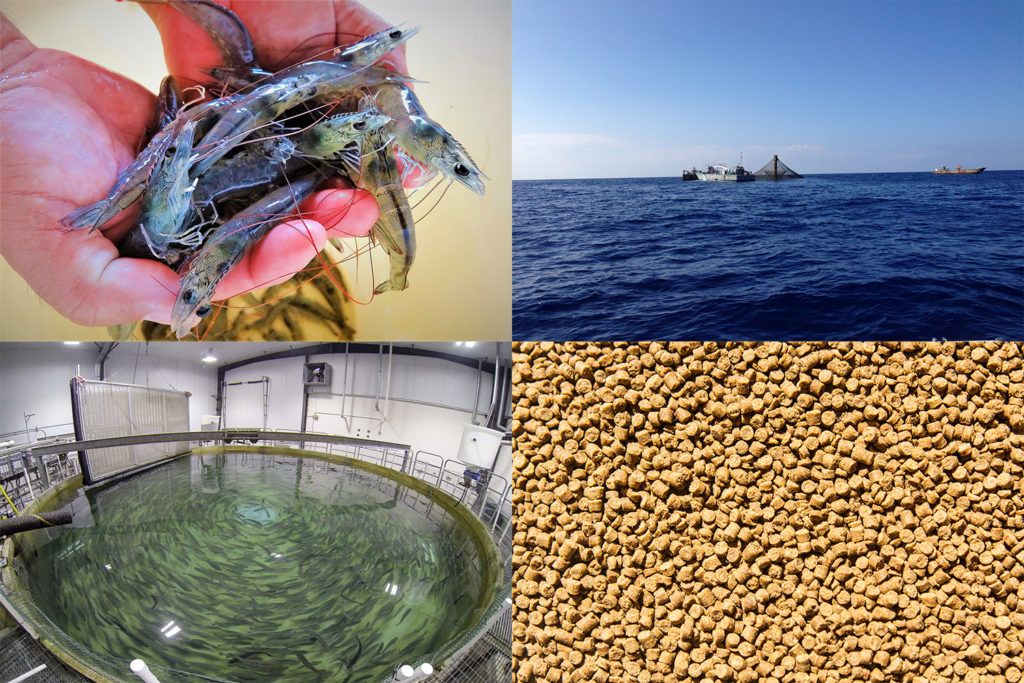
Innovation & Investment
Aquaculture is winning, Rabobank analyst explains
Aquaculture is the “winning protein,” according to a new Rabobank report that its author, Gorjan Nikolik, said is intended to draw the bank’s agro-industry clients to opportunities in the fish farming business.
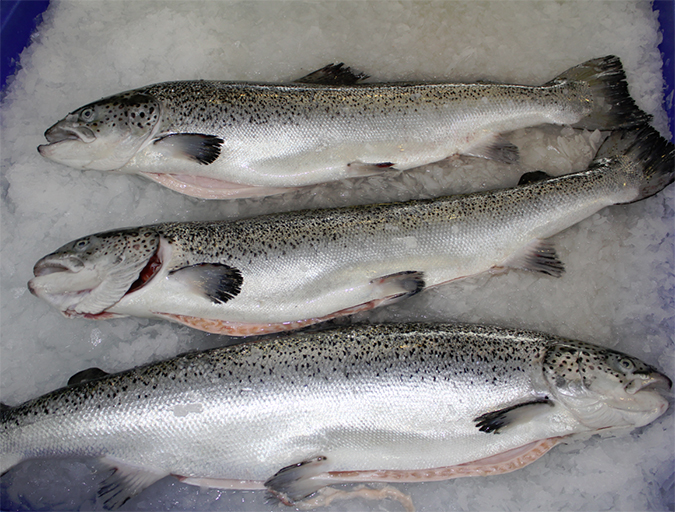
Health & Welfare
Aquaculture viruses: An Atlantic salmon case study
Viruses often are the most potentially damaging pathogens in nature, affecting both wild stocks and farmed animals. Due to an Infectious Haematopoietic Necrosis (IHN) viral outbreak that occurred in Atlantic salmon in British Columbia, Canada some years ago, a vaccine for IHN was developed against this serious threat.
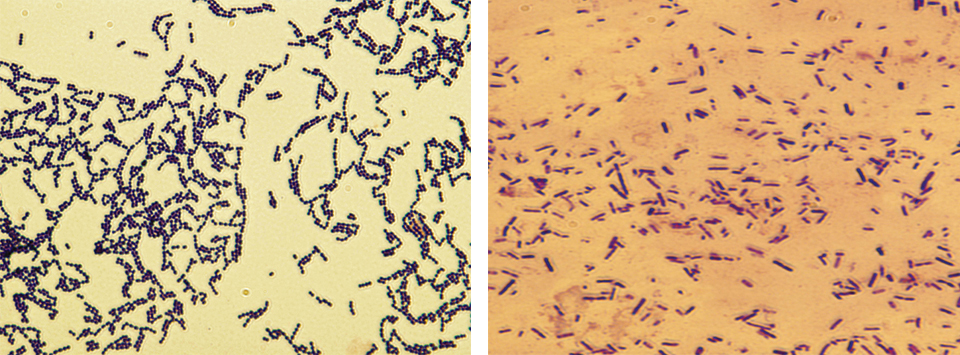
Health & Welfare
Developing live bacterial vaccines by selecting resistance to antibacterials
As wide use of antibiotics has led to antibiotic resistance in fish pathogens, vaccines present an alternative control method to prevent bacterial diseases.
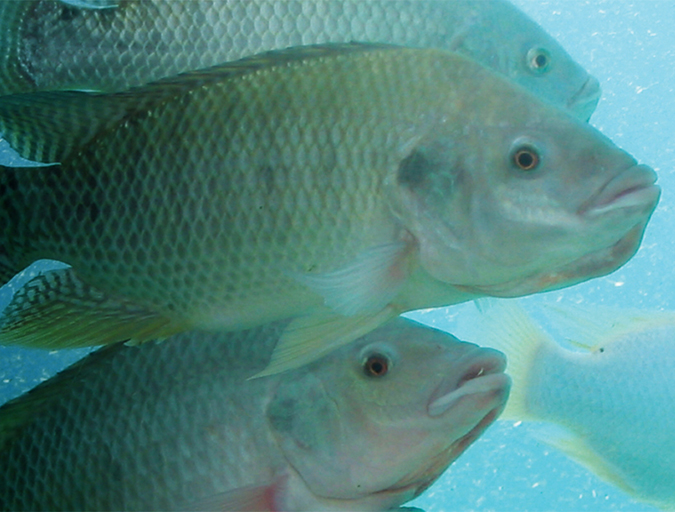
Health & Welfare
Aquaculture disease experts to download at GOAL 2016
At this year’s GOAL conference in Guangzhou, China, leading animal welfare and aquatic animal disease experts will share knowledge about how producers can gird their operations. EMS, EHP, streptococcosis and sea lice will be addressed, as will the latest in area management.


